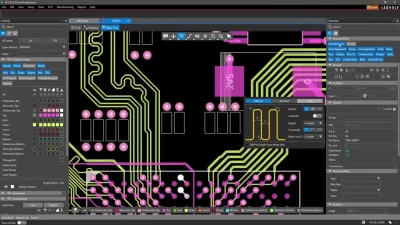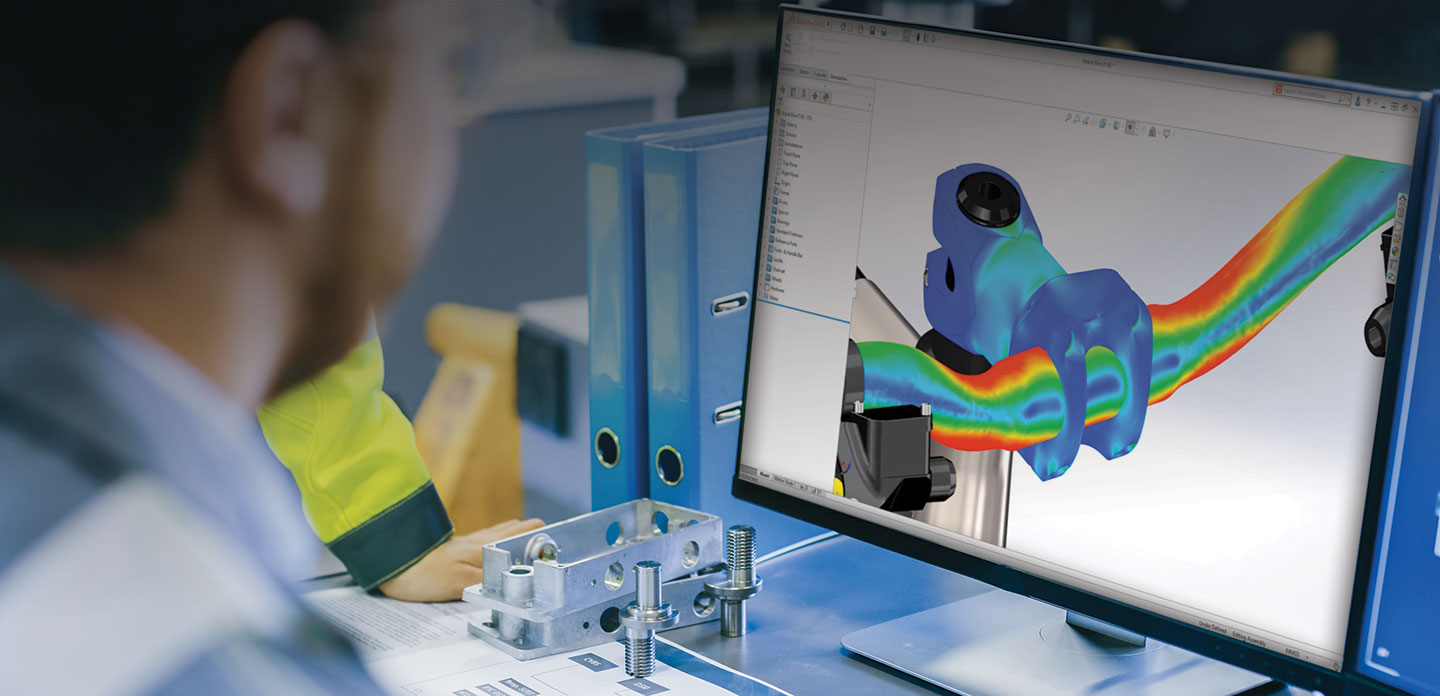Reducing Prototyping Costs
Traditional prototyping can be expensive and time-consuming. With SOLIDWORKS Simulation, you can virtually test your designs before creating physical prototypes. This allows you to identify and address potential issues early in the design process, reducing the need for multiple iterations of physical prototypes. By minimizing prototyping costs, you can allocate resources more efficiently and accelerate your time-to-market.
Optimize Design Performance
SOLIDWORKS Simulation provides powerful tools to analyze and optimize the performance of your designs. Whether you’re testing for structural integrity, thermal performance, or fluid dynamics, the software allows you to simulate real-world conditions and make data-driven decisions. This ensures that your products meet the highest standards of quality and reliability, reducing the risk of costly design flaws and recalls.
Accelerating Time-to-Market
Time-to-market is a critical factor in any industry, where timely delivery of innovative solutions can significantly impact your competitive edge. SOLIDWORKS Simulation streamlines the design validation process, enabling you to quickly iterate and refine your designs. By reducing the time required for testing and validation, you can bring your products to market faster and stay ahead of the competition.
Enhancing Collaboration and Communication
Effective collaboration and communication are essential for successful product development. SOLIDWORKS Simulation integrates seamlessly with other SOLIDWORKS tools, allowing teams to share data and insights easily. This fosters a collaborative environment where engineers, designers, and stakeholders can work together to optimize designs and solve problems efficiently. Improved communication reduces misunderstandings and errors, saving time and resources.
Improving Sustainability
Sustainability is becoming increasingly important across all industries. SOLIDWORKS Simulation helps you design products that are not only high-performing but also environmentally friendly. By optimizing material usage and reducing waste, you can create sustainable solutions that meet regulatory requirements and contribute to a greener future. This not only saves costs but also enhances your brand reputation.






